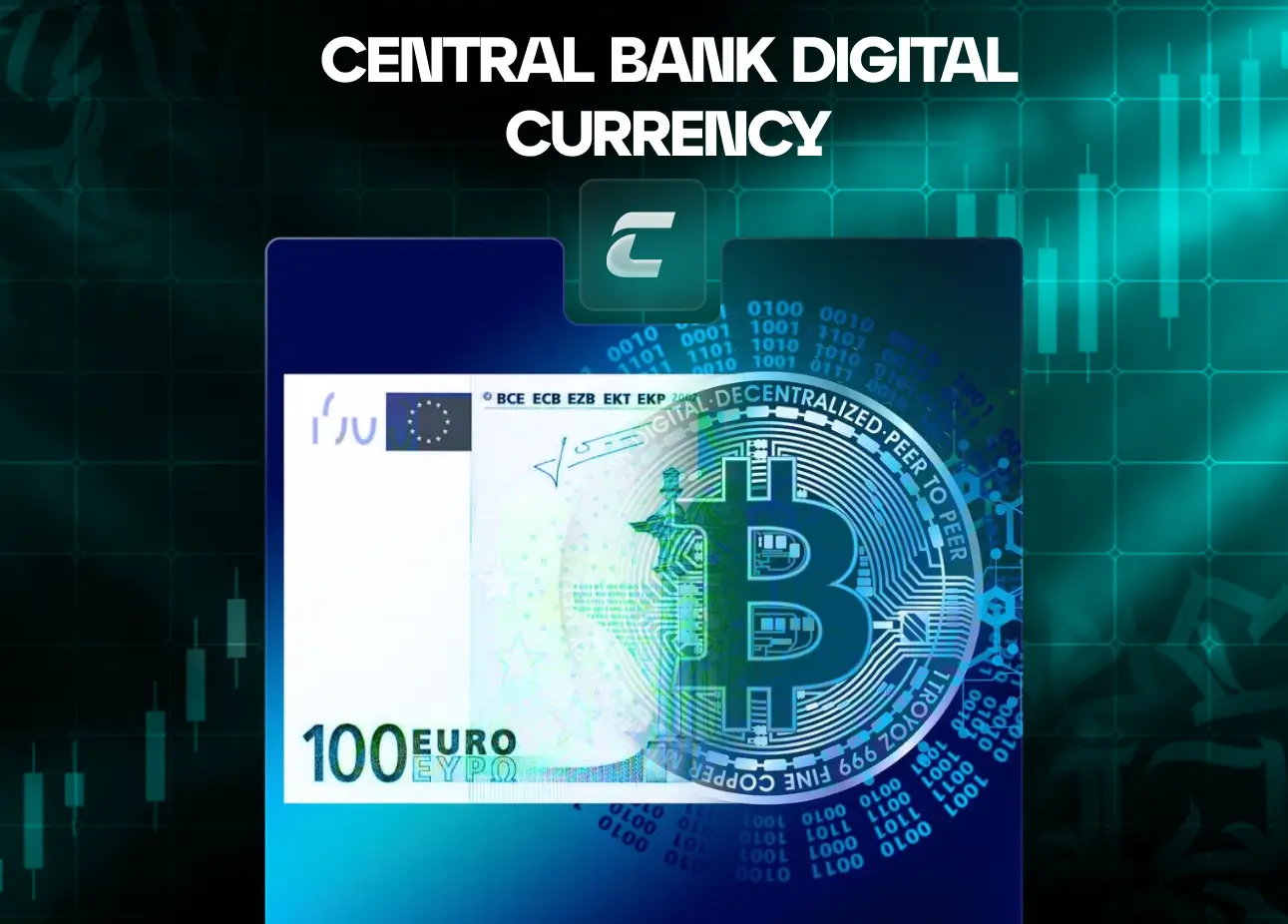Последние статьи

Что такое ликвидность в трейдинге

Что такое MACD

Что такое Zealy (Crew3) и для чего его используют?

Сложный процент в жизни и трейдинге

Цифровая валюта центральных банков (CBDC)

Налогообложение криптовалюты в Украине

Что такое хардфорк криптовалюты

Все что нужно знать о компании Tesla

Рентабельность: что это такое?

Все что нужно знать о компании Meta

Микроэкономика: что это такое?

Что такое девальвация: причины и последствия

